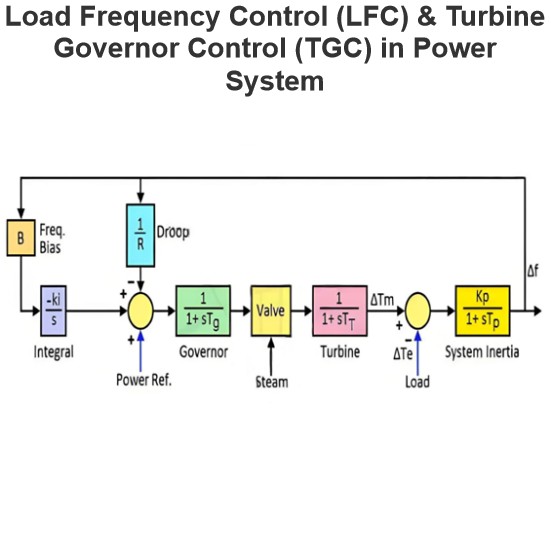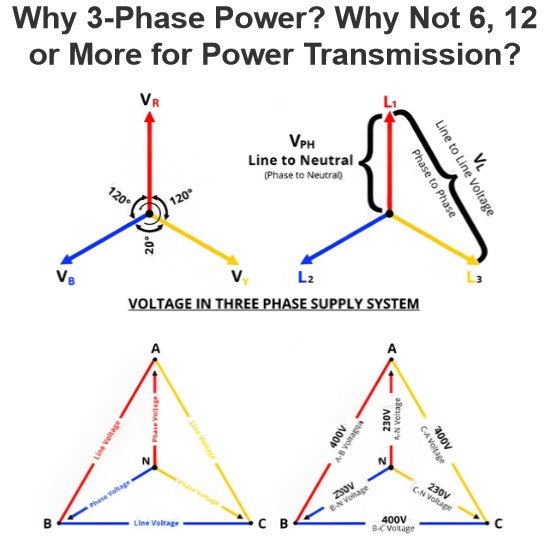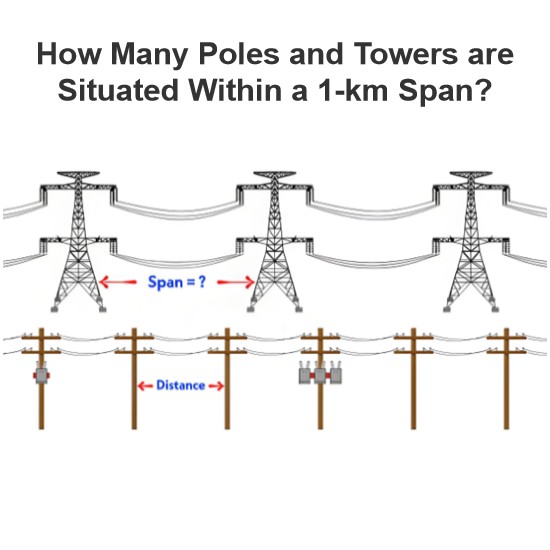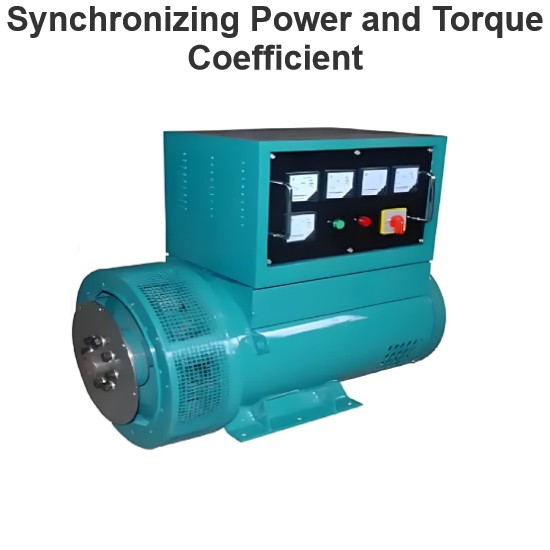Symmetrical & Unsymmetrical Faults
Under normal operating conditions, a power system functions in a balanced state, with electrical parameters such as voltage and current distributed evenly across all phases. However, when insulation fails at any point within the system or live wires come into unintended contact, the system's balance is disrupted, leading to a short - circuit or fault in the line. Faults in power systems can be triggered by a multitude of factors. Natural phenomena like lightning strikes, powerful high - speed winds, and earthquakes can physically damage electrical infrastructure and cause insulation breakdown. Additionally, external events such as trees falling onto power lines, birds creating electrical shorts by bridging conductors, or the degradation of insulation materials over time can also initiate faults.
Faults that occur in transmission lines are typically categorized into two broad types:
Symmetrical Faults
Symmetrical faults involve the simultaneous short - circuiting of all phases within a multi - phase electrical system, often with a connection to the earth as well. What characterizes these faults is their balanced nature; even after the fault occurs, the system maintains its symmetry. In a three - phase setup, for example, the electrical relationships between the phases remain consistent, with the lines effectively displaced by an equal angle of 120°. Despite being relatively rare, symmetrical faults are the most severe type of electrical faults in power systems, as they generate extremely high fault currents. These large - magnitude currents can cause significant damage to equipment and disrupt power supply if not properly managed. Due to their severity and the challenges they pose, engineers perform balanced short - circuit calculations specifically designed to accurately determine the magnitude of these large currents. This information is crucial for designing protective devices, such as circuit breakers, that can safely interrupt the flow of current during a symmetrical fault and safeguard the integrity of the power system.

Unsymmetrical Faults
Unsymmetrical faults are characterized by their involvement of only one or two phases within a power system, leading to an imbalance among the three - phase lines. These faults typically manifest as connections either between a line and the ground (line - to - ground) or between two lines (line - to - line). An unsymmetrical series fault occurs when there is an abnormal connection between phases or between a phase and the ground, while an unsymmetrical shunt fault is identified by an imbalance in the line impedances.
In a three - phase electrical system, shunt faults can be further classified as follows:
Single Line - to - Ground Fault (LG): This fault occurs when one of the conductors makes contact with the ground or the neutral conductor.
Line - to - Line Fault (LL): Here, two conductors are short - circuited, disrupting the normal current flow.
Double Line - to - Ground Fault (LLG): In this scenario, two conductors come into contact with the ground or the neutral conductor simultaneously.
Three - Phase Short - Circuit Fault (LLL): All three phases are short - circuited to each other.
Three - Phase - to - Ground Fault (LLLG): All three phases are short - circuited to the ground.
It's important to note that LG, LL, and LLG faults are unsymmetrical, while LLL and LLLG faults fall under the category of symmetrical faults. Given the significant currents generated during symmetrical faults, engineers perform balanced short - circuit calculations to accurately determine these high - magnitude currents, which is essential for designing effective protective measures.
Effect of Faults on Transmission Lines
Faults can have a detrimental impact on power systems in multiple ways. When a fault occurs, it often causes a significant increase in voltages and currents at specific points within the system. These elevated electrical values can damage the insulation of equipment, thereby reducing its lifespan and potentially leading to costly repairs or replacements. Moreover, faults can undermine the stability of the power system, causing three - phase equipment to operate inefficiently or even malfunction. To prevent the spread of damage and ensure the uninterrupted operation of the overall system, it is crucial to promptly isolate the faulty section as soon as a fault is detected. By disconnecting the affected area, the normal operation of the remaining parts of the power system can be maintained, minimizing the impact on power supply and reducing the risk of further failures.
The Electricity Encyclopedia is dedicated to accelerating the dissemination and application of electricity knowledge and adding impetus to the development and innovation of the electricity industry.













